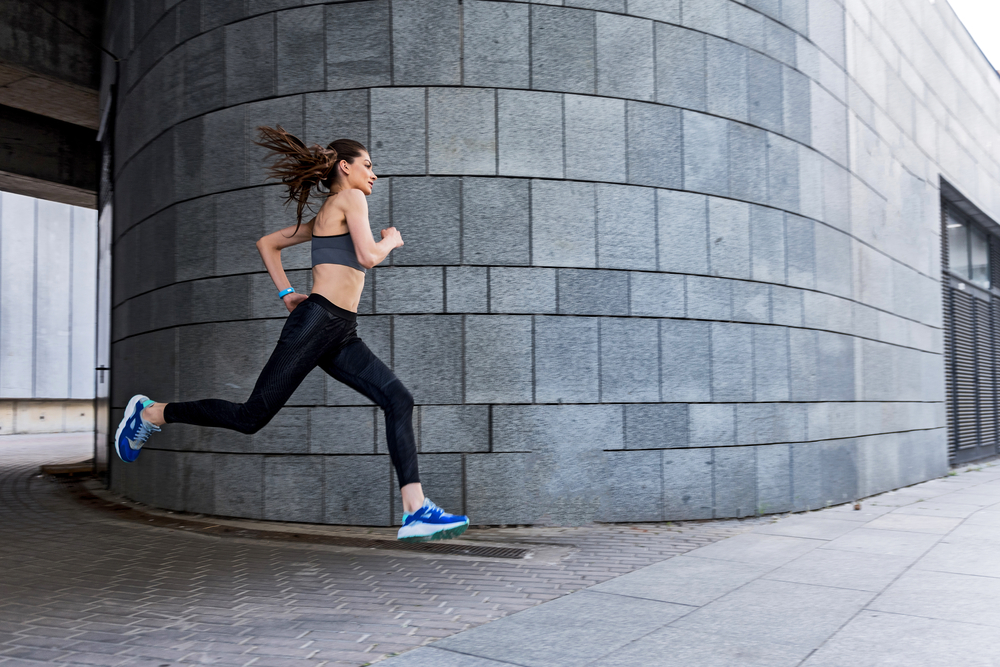Paleo News
Paleo & Athletic Performance
In some ways, a Paleo diet seems to run counter to what today’s athletes are looking for. It’s true that a Paleo diet is healthy in many ways, which is one thing that people with an athletic focus can appreciate. For some activities such as running, or other high intensity, activities, a high carbohydrate intake is often preferred in order to provide a boost of energy.
A Paleo diet, with its lack of grains, dairy, and other traditional carb sources, seems like it would be a bad fit. But is it? Surprisingly, the answer is “no,” as long as athletes make a few critical changes to their Paleo diet.
Still Good For Active People
Obviously, for the humans of the Paleolithic era, a Paleo diet was sufficient to allow people to survive in a much harsher, less safe world where physical fitness was crucial to survival. So it should come as no surprise that for humans that were focused on hunting and gathering, a Paleo diet necessarily got the job done.
But for athletes, who are pushing their bodies faster, harder and to higher standards of excellence than a nomadic tribe in the wilds, that may not be enough. The intense energy demands that high activity athletics makes necessitates a change to the traditional Paleo diet to ensure maximum performance.
Many athletes, such as Nell Stephenson espouse the virtues of a Paleo diet for its many health benefits. But, before any race or intense workout, it’s still advised to consume something with low-to-moderate glycemic index and low fiber content. If you’re running a marathon, sports drinks or carbohydrate gels are necessary to keep your levels optimum for workouts of more than an hour. Even afterward, you may need to break a Paleo diet and get a big influx of carbohydrates with pasta to aid in recovery. Paleo diets have huge benefits for athletes, but this must be balanced with consideration for an athlete’s higher energy demands.

